In the ever-evolving world of digital marketing, SEO can feel like a moving target. What worked last year might not be as effective today. But underneath the algorithm updates and new features, the core principles of SEO remain the same: you must provide the best possible experience and the most valuable information to your audience.
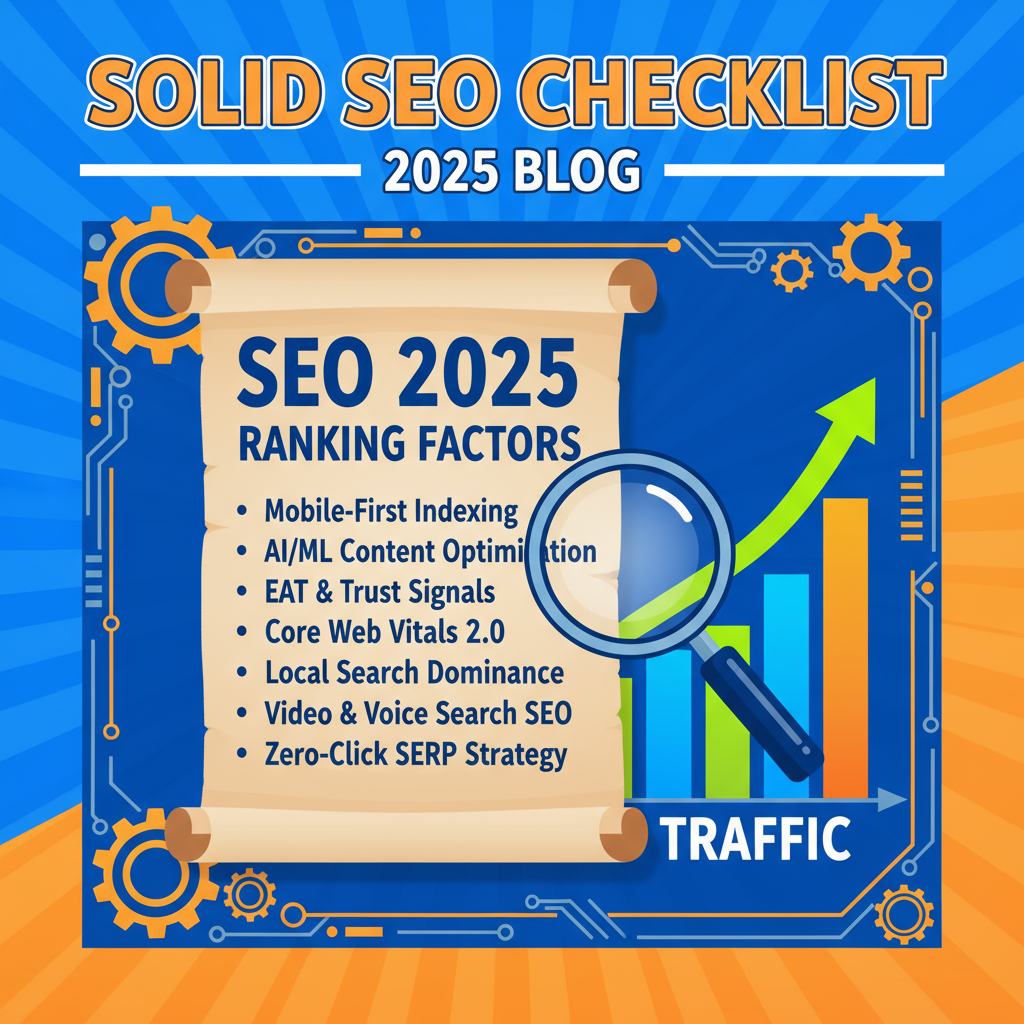
This isn’t just a basic checklist. This is a deep dive into the strategic elements you need to master to build an authoritative website that search engines—and more importantly, people—love. We’ll break down the SEO process into three critical pillars and explore the “why” behind each action.
1. On-Page SEO Checklist: Optimizing Your Content for People and Crawlers
On-page SEO refers to all the optimizations you perform directly on your website. It’s the foundation of your SEO strategy, ensuring that search engines can easily understand what your content is about.
Content & Keyword Strategy
- Master Search Intent: Don’t just target keywords; understand why people are searching for them. Is the user looking for information (informational intent), a specific product (transactional intent), or a local business (local intent)? Your content must perfectly match that need.
- Build Topical Authority: Instead of creating a single blog post on a topic, create a cluster of interconnected articles that cover a subject from every angle. This signals to Google that you are an authority on the topic, not just a casual observer.
- Use Long-Tail Keywords: While short-tail keywords like “SEO” have high volume, they’re also highly competitive. Target longer, more specific phrases like “how to do keyword research for SEO” to attract highly qualified traffic.
On-Page Technicalities
- Craft Compelling Title Tags: Your title tag is the most important on-page ranking factor. It should be concise, include your primary keyword, and be compelling enough to make users click. Think of it as your headline in the search results.
- Write Engaging Meta Descriptions: This is your sales pitch to the user from the search results page. While it isn’t a direct ranking factor, a well-written meta description significantly improves your click-through rate (CTR), which is a key performance signal for search engines.
- Structure Your Content with Headings: Use H1, H2, and H3 tags to organize your content logically. The H1 should be your main topic, while H2s and H3s break down the content into easily digestible sections. This benefits both user experience and search engine comprehension.
- Optimize Your URLs: A clean, descriptive URL is easy for both users and search engines to read. Keep it short and include your primary keyword. For example, yourdomain.com/ultimate-seo-checklist is far better than yourdomain.com/p=2345.
- Integrate Internal Linking: Link from your blog posts to other relevant pages on your website. This helps distribute “link juice” (page authority) throughout your site, guides users to other valuable content, and helps search engine crawlers discover more of your pages.
2. Technical SEO Checklist: The Engine Under the Hood
Technical SEO focuses on the backend of your website, ensuring it is crawlable, indexable, and provides a seamless user experience. Neglecting this pillar can render all your content efforts useless.
- Website Speed & Core Web Vitals: Google has made it clear that page speed is a critical ranking factor. The Core Web Vitals measure key aspects of user experience:
- Largest Contentful Paint (LCP): How fast the main content of your page loads.
- First Input Delay (FID) or Interaction to Next Paint (INP): How quickly your page responds to a user’s first interaction (e.g., a click).
- Cumulative Layout Shift (CLS): How visually stable your page is as it loads.
- Ensure Mobile-Friendliness: With Google’s “mobile-first indexing,” your mobile site is the version that gets crawled and indexed. A non-responsive or slow-loading mobile site will be heavily penalized.
- Use an XML Sitemap: An XML sitemap is a list of all the important pages on your website that you want search engines to crawl. It helps them discover your content more efficiently. You can submit your sitemap directly to Google Search Console.
- Implement Structured Data (Schema Markup): Schema markup is a type of code that helps search engines better understand your content. For example, marking up a recipe with schema can result in a “rich snippet” that shows the cooking time and a star rating directly in the search results. This boosts your visibility and CTR.
- Fix Canonicalization Issues: If you have multiple URLs for the same content, a canonical tag tells search engines which one is the “master” copy. This prevents duplicate content issues and ensures your authority is consolidated on a single URL.
3. Off-Page SEO Checklist: Building Authority and Trust
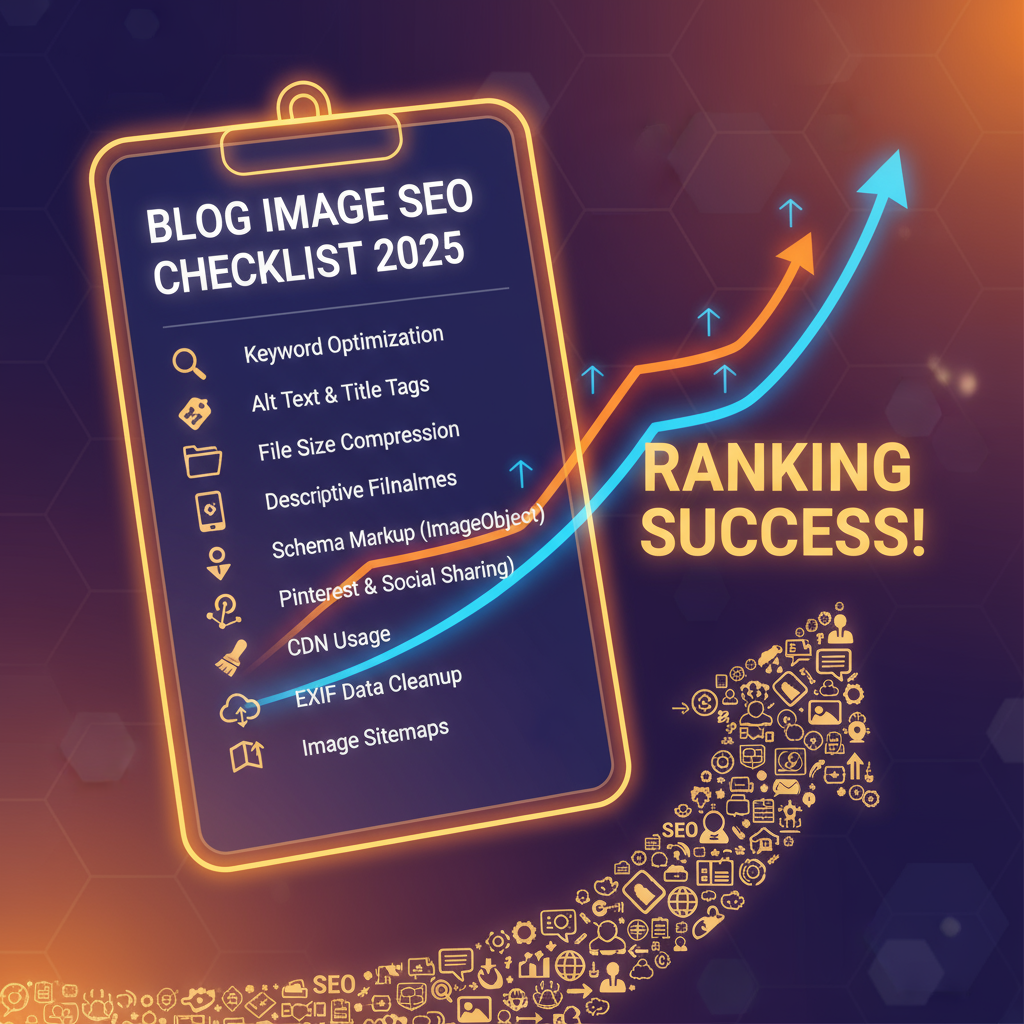
Off-page SEO includes all activities you do outside your website to build authority and trust. This is the hardest pillar to master, as it’s largely out of your direct control.
- Prioritize High-Quality Backlinks: A backlink is a vote of confidence from another website. The quality of that link is far more important than the quantity. A single backlink from a reputable source like Forbes or a major industry blog is worth more than a hundred from spammy, low-authority websites.
- The Modern Backlink Strategy: Forget about generic link directories. Focus on strategies like:
- Guest Blogging: Write high-quality, valuable content for authoritative websites in your niche.
- Digital PR: Create shareable, newsworthy content (e.g., a research study or an infographic) that journalists and bloggers will want to link to.
- Broken Link Building: Find broken links on a reputable site and suggest your relevant content as a replacement.
- Manage Brand Mentions & Reputation: Search engines are getting better at understanding brand signals. A strong brand that is frequently mentioned in positive contexts across the web (even without a link) is a signal of trustworthiness. Actively monitor brand mentions and engage in positive conversations to build your reputation.
- Local SEO & Google Business Profile: If you have a physical location or serve a specific area, optimizing your Google Business Profile is non-negotiable. Fill out every detail, get positive reviews, and ensure your name, address, and phone number (NAP) are consistent across all online listings.
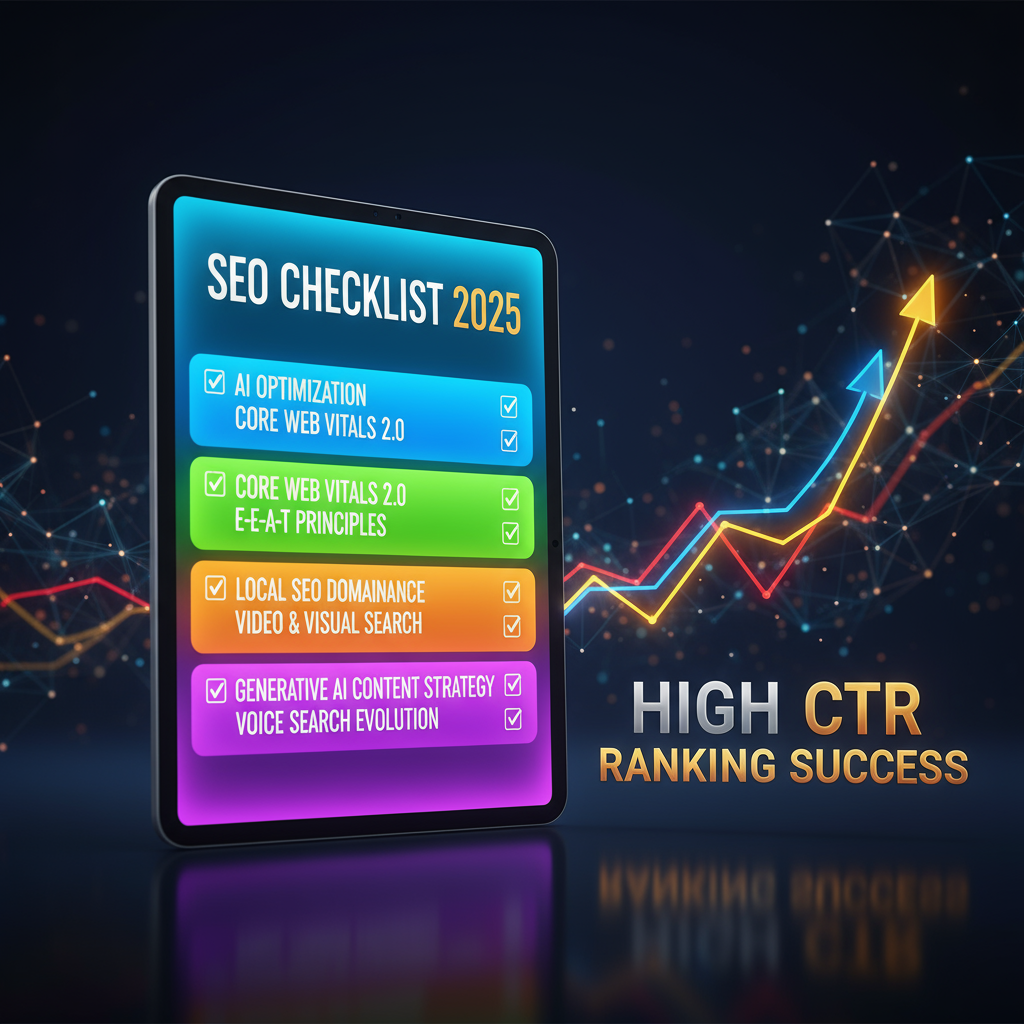
Final Thoughts: The Human-First Approach
The biggest SEO lesson of 2025 is that all three pillars are interconnected and serve a single purpose: to build a website that provides an exceptional experience and genuine value to the user. Every point on this checklist, from your keyword research to your backlink strategy, should be guided by one question: “Is this going to help my audience?”
By creating content for humans first and optimizing for search engines second, you’re not just playing a game—you’re building a sustainable and future-proof digital asset.





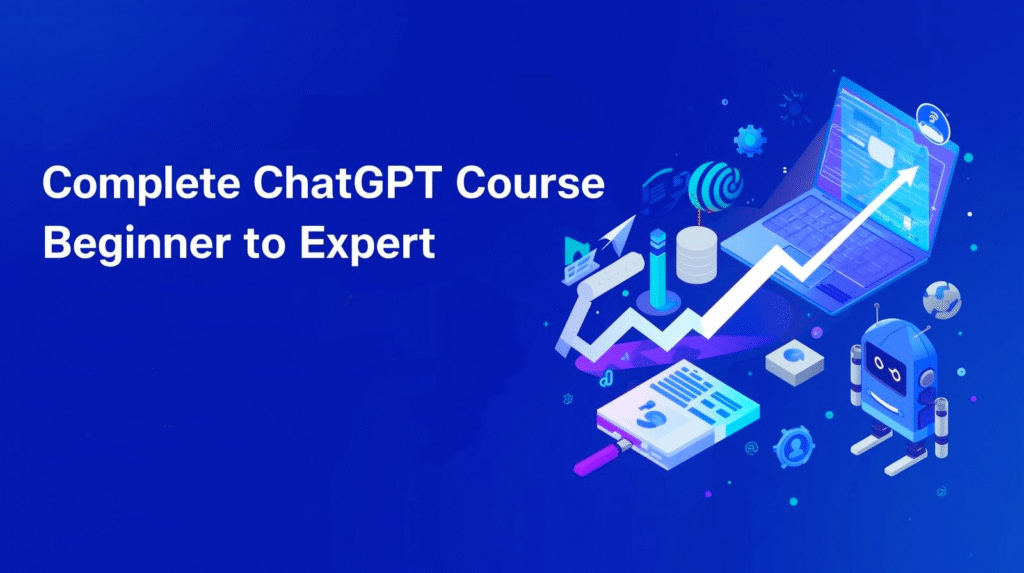


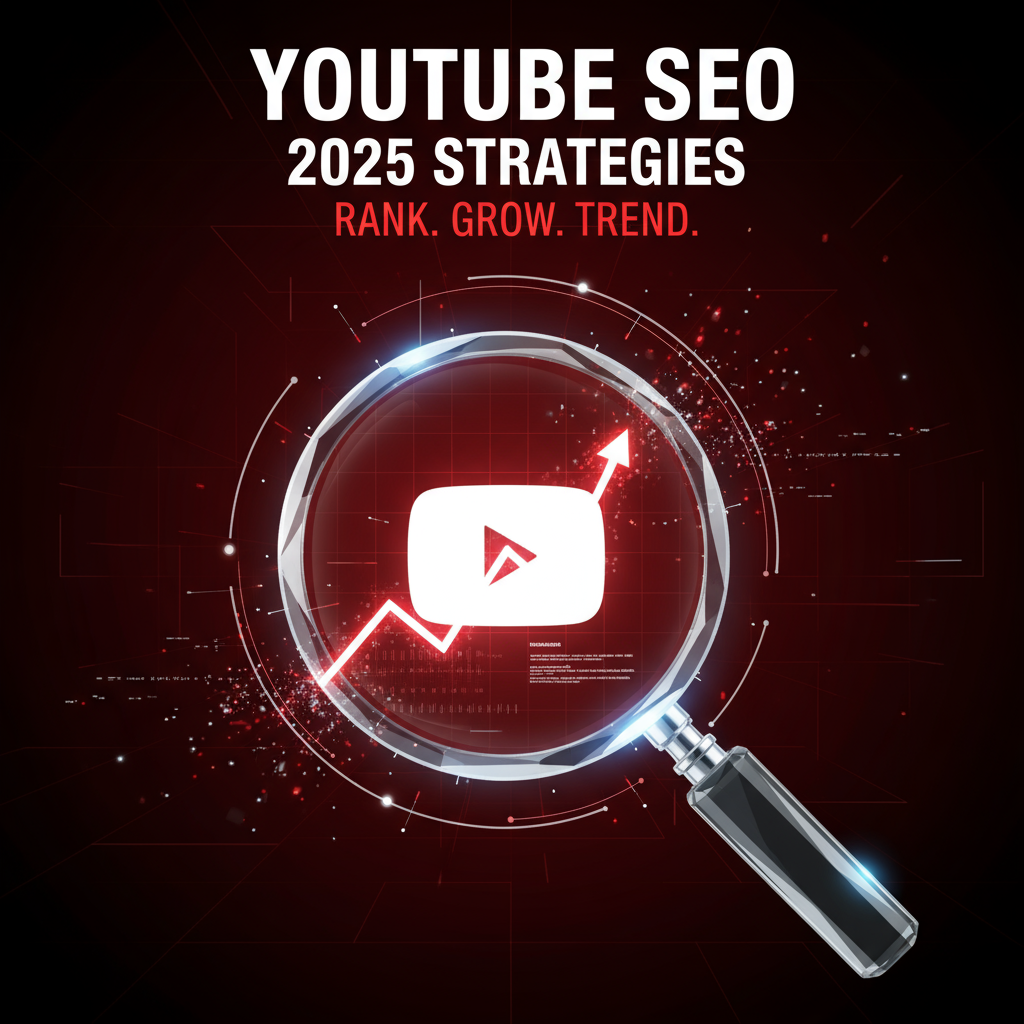
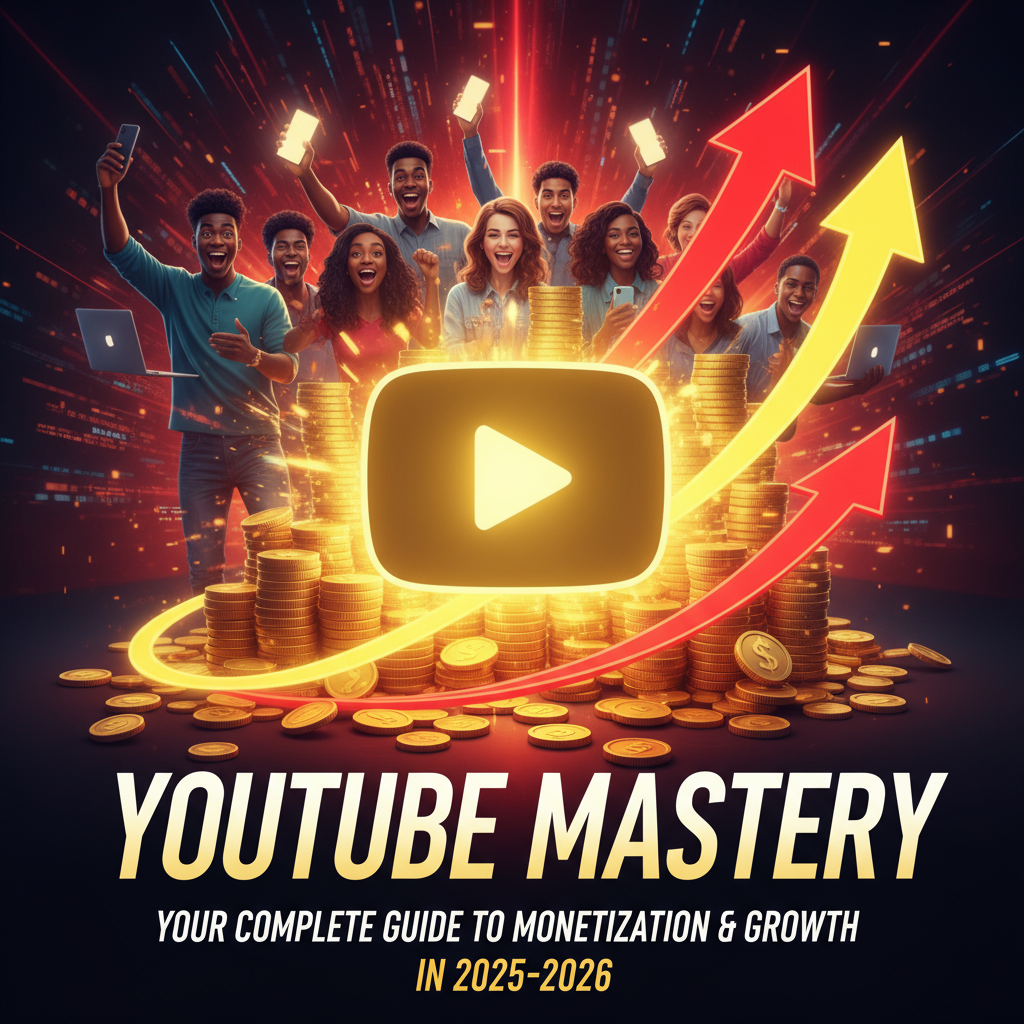
Pingback: YouTube SEO in 2025: Your Complete Guide to Ranking #1 – Digital Marketing Expert in India
Pingback: 7 Essential Free Plagiarism Checkers Every Content Creator Needs – Digital Marketing Expert in India
Pingback: 10 Essential SEO Trends You Need to Know for 2025 - Digital Marketing Expert in India
Pingback: AI Creator: Social Commerce & Content Trends for 2025 - Digital Marketing Expert in India
Pingback: Google Ads Guide 2025-2026: Strategy, Setup & Scaling - Digital Marketing Expert in India